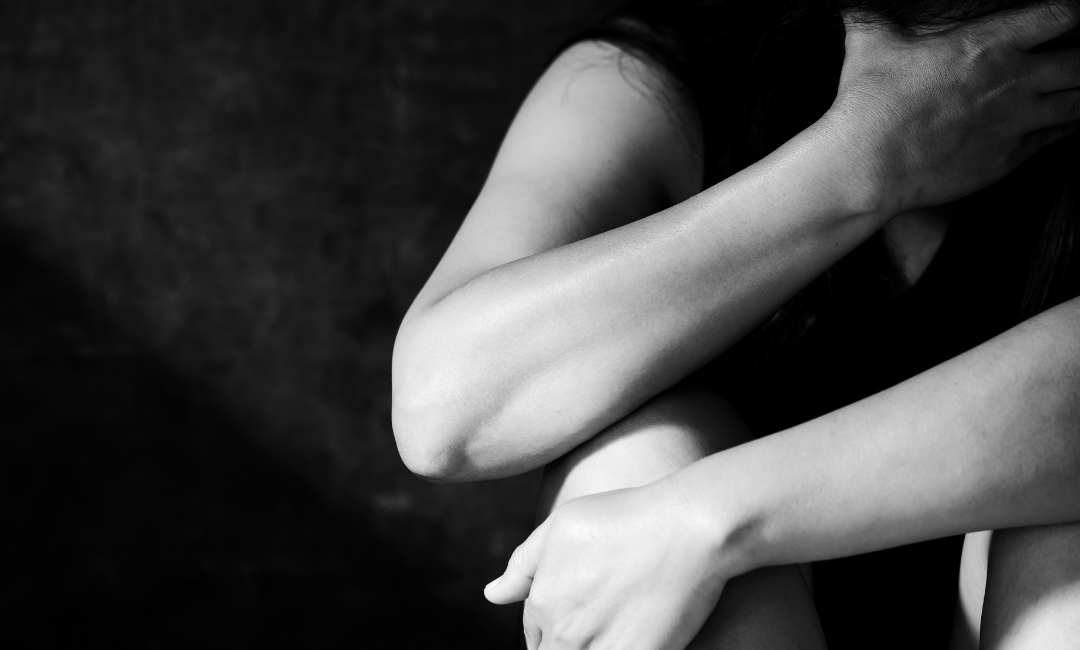What is the Shieh Score?
Created in 2019, the Shieh Score is used to predict which hospitalized patients are “at high risk for pressure injuries,” according to a study published in 2023 in the “Journal of Wound Ostomy & Continence Nursing” (JWOCN). The study, conducted between Jan. 1, 2020, and Dec. 31, 2020, involved a patient assessment, and those who met the criteria for a high-risk pressure injury had a “skin at risk” sign posted in their room. Standard preventive measures for pressure injuries were then implemented.
“Implementation of the program (Shieh Score, early warning system, and standard order set for preventive interventions) resulted in a 38% reduction in the annual hospital-acquired pressure injury rate from a mean incidence rate of 1.03 to 0.64 hospital-acquired pressure injuries per 1,000 patient-days measured for the year 2020,” the study found.
The Shieh Score was created on the basis of “retrospective data”. Scores are determined using nine criteria, including sex, age, diabetes, and use of IV norepinephrine.
Braden Scale vs. Shieh Score for Pressure-Wound Monitoring
The Braden Scale, according to WMU, is the industry standard for determining ulcer risk factors. However, the scoring is subjective. Developed in the late 1980s, the Braden Scale asks practitioners to rate, on a scale of one to four, a patient’s sensory perception, moisture exposure, degree of physical activity, mobility, nutrition, and friction and shear. The scale is used along with a clinical assessment.
The Shieh Score, according to WMU, would be more objective.
Dr. Kenneth Olshansky, of Virginia Commonwealth University, argued in a letter responding to the JWOCN-published study that the word “predict” not be used in relation to hospital-acquired pressure injuries (HAPIs).
“In fact, the Braden Scale doesn’t ‘predict’ risk but ‘identifies’ risk,” he wrote. “In addition, the Braden or any other scale cannot ‘predict’ the development of [pressure injuries] … The scores alert the staff that these patients are at high risk, but it’s up to the staff to implement every means possible to prevent that patient from developing a HAPI.”









